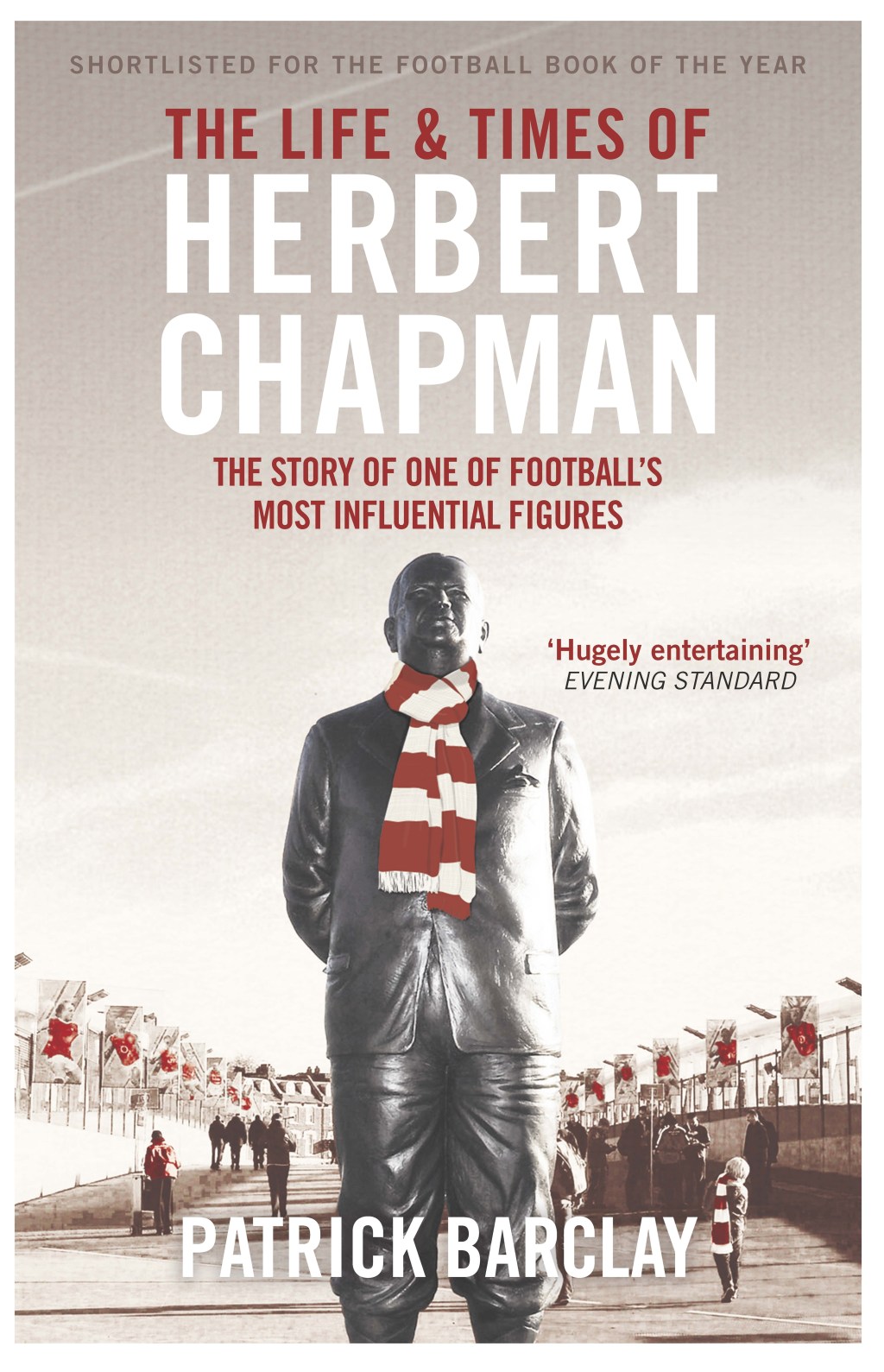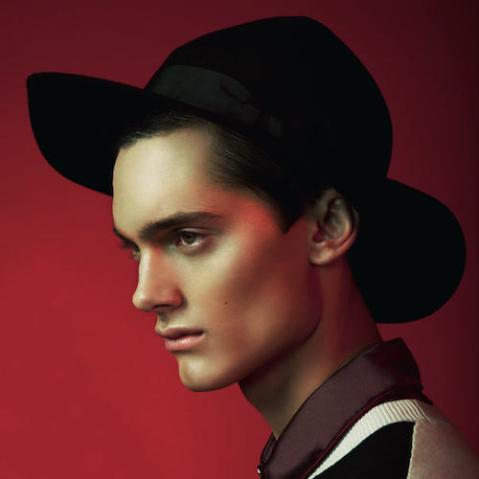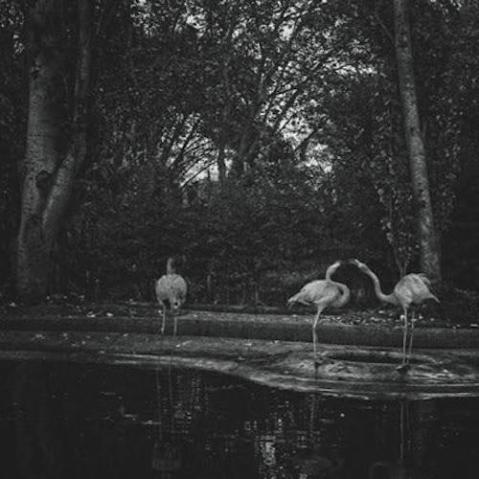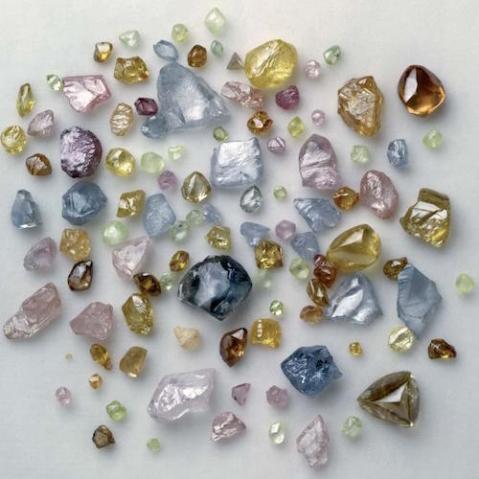Making the most of minimalist compositions

Some people say that photography is based on the art of subtraction; the careful selection and arrangement of elements in a scene so the viewer can concentrate on the message the photographer wishes to communicate. If this is really the case, then minimalism is photography in its purest form. If you can crack the minimalist technique you won’t go far wrong as a photographer.

Minimalism is all about creating a simple photograph, often with a subject that is surrounded by lots of ‘negative space.’ There are certain places that lend themselves naturally to minimalist compositions—a desert, for example, is already a very sparse environment—but if you’re living in a claustrophobic city you may find that minimalist images are a challenge at first. However, it’s easier than you might imagine, and there are several techniques that you can use to help you.
 Modern buildings such as airports often have clean lines that lend themselves well to minimalism. here a monk looks through the window at the airport, prior to boarding a plane.
Modern buildings such as airports often have clean lines that lend themselves well to minimalism. here a monk looks through the window at the airport, prior to boarding a plane.
Depth of field
Using a shallow depth of field is a great way of creating a minimal image, as it will allow you to throw the background out of focus. Simply position your subject at a distance from the background and use a wide aperture setting on your lens—depth of field will do the rest and conceal a whole host of potentially distracting background details.
 Here a shallow depth of field has been used to isolate the subject from the background. the subject has also been silhouetted against the light to draw the eye even more to its edge.
Here a shallow depth of field has been used to isolate the subject from the background. the subject has also been silhouetted against the light to draw the eye even more to its edge.
Focal length
You can use any focal length to create a minimalist photograph, but the way in which you use it will vary. If you’re going to use a wide focal length, for example, then the chances are you’ll need to use something expansive, such as a wall or the sky, as the negative space around your subject. However, if you’re in a more crowded environment, you may find it is hard to avoid distracting elements in the scene. In this case, you may find that using a longer focal length helps.
Light
If you get a situation where your subject is lit by sunlight (or flash), but both the foreground and background are dark, you can use this to create a minimalist composition. In the case of sunlight you’ll be looking for a strip of light filtering between buildings or through a window or door, while you can use a snoot on a flash to direct the light in a similar way. If you expose for your subject, everything else should be black, providing you with a minimalist, high-contrast photograph.
 In this photo a shaft of light has been used to illuminate the woman. The rest of the photo is underexposed by 2 stops, turning the background black and giving this environmental portrait a minimalist edge.
In this photo a shaft of light has been used to illuminate the woman. The rest of the photo is underexposed by 2 stops, turning the background black and giving this environmental portrait a minimalist edge.
In Simple Scene Sensational Shot, Simon Bond shows you how to turn the ordinary into the extraordinary. From altering your angles to trying out HDR and making the most of bad weather, any situation can be turned into a superb shooting opportunity.
 Simple Scene Sensational Shot
Simple Scene Sensational Shot
Simon Bond
Download the PDF now!
RRP for print edition: £14.99







